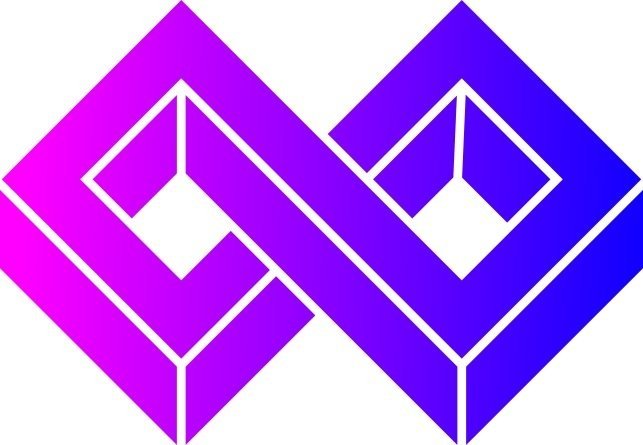MIT, Hunting for Wicked Smaht Culture, and Goodwill
“Wicked smaht” is a phrase you see when traveling in the Boston and Cambridge areas. Wicked Smaht hats, tees, mugs, keychains, and koozies. What does it mean? A literal answer is that the region has a high density of smart people due to the presence of MIT and Harvard. Kendall Square in Cambridge advertises itself as the planet's most innovative square mile.
In pop culture, “wicked smart” is an endearing phrase from the movie classic Good Will Hunting. In case you haven’t seen it, let me describe it for you in three sentences. It’s a love story about finding a poor lost genius. Will, the main character, finds himself. He learns to love himself and another by letting go of the past that held him back. It’s a wicked heartwarming tale, especially for those of us who came up like Will from humble beginnings.
Wicked smaht, to me, is also what I recently observed at the MIT Deep Tech Health and Neurotech meeting at MIT. I saw an ALS patient (amyotrophic lateral sclerosis or Lou Gehrig’s Disease) use his mind to control a computer. He clicked around a computer to open a word file.
This patient is the recipient of the first human brain-computer interface implant with Syncron’s brain-computer interface implant.
ALS is a fatal disease with progressive neurodegenerative failure that rapidly diminishes muscle movement. Yet, this man, who had already lost the use of his hands, was able to use his brain to move a mouse cursor and perform a daily task. He used his brain to do something most of us take for granted.
When I saw this, my chest tightened up. Tears burned in my eyes. A deluge of intense feelings shook me right there in the conference room—reminding me how I shamelessly sobbed at a NASA Wallops rocket launch. Everyone there heads tilted back, looking up in awe and watching the impossible become possible.
Seeing and being part of grand innovation isn’t new to me. I worked with MIT for years. I supported the beginning of the Center for Advanced Urbanism. I helped strengthen the FabLab network, and developed strategic work with various Labs in the Media Lab. I’ve had the privilege to be part of the scene.
Why the new big feelings? With the ALS patient, there are two parts to it. The easy part is that I love technology. Complex, daunting, curious, confusing, beautiful. The art and science of intricate processes to influence life units: electrical energy. Machines enable people to make new realities. There's spiritualism for me in a brain-machine interface that's safe to embed into a human’s mind. It moves me. We can tap into consciousness.
The second part is more complicated. More important. More emotional. When passionate people share a vision, they find ways to work together against all odds. To work to help someone find a better way to live is the greatest gift one human can share with another. The team at Syncron has gifted a new reality to someone with living with ALS? Life-changing things grow from a culture of relentless collaboration.
MIT is one of the best convenors of collaboration. I had a chance to work with the Singapore- MIT GAMBIT Game Lab. We worked together (my part funded by a State Department grant) to design a game to help people learn to build Internet mesh networks. Think about it: who all was co-creating together? US Federal government, New America’s Open Technology Institute, MIT as an academic institution, young students from around the world, and the Singapore government. Miracle status uber collaboration.
I also helped craft a framework for collaborative tech design or “co-design” methods with the Civic Media Lab at MIT. With students and professors in this lab, we created bountiful guidance and hosted a network of pop-up Media Labs across the country and with the Allied Media Conference. These acts of creative leadership were instrumental in advancing traditional product and policy development toward more participatory and inclusive methods of building technology in collaborative ways. Our motto was "begin by listening."
Everything I collaborated with MIT on was developed in an open-source way. That means anyone could use it. Think about how many people benefited from this work. That’s magic. I thank MIT for the courage to be open.
At present, I wonder how we will solve massive problems like the Global Health Worker Burnout crisis and Healthcare Worker Wellbeing. These challenges demand that all the wicked smaht get better at working together.
Who are our fearless interdisciplinary leaders? Whose role is it to focus on keeping diverse people together? Orchestrating collaboration amidst their differences, political standpoints, data ownership and views is a big job in itself.
We continue to improve people’s experience of life with technology innovation. It will happen faster and more equitably as we become better collaborators. We have the intelligence to scale up feats to enable new realities in people's lives. How are we going to remain open to transcend the boundaries that divide us?
The answer rests in how we prioritize collaboration. In a recent episode of a podcast I co-host, Solving for X, a wise executive from the Department of Homeland Security said, “we cannot afford to dismiss culture.” I agree, and our daily work experiences are our culture. When people feel a sense of belonging under a shared vision, they are more likely to come together to make breakthroughs that improve the human experience.
How are you creating your wicked smaht culture?
In the end, we become what we practice.

